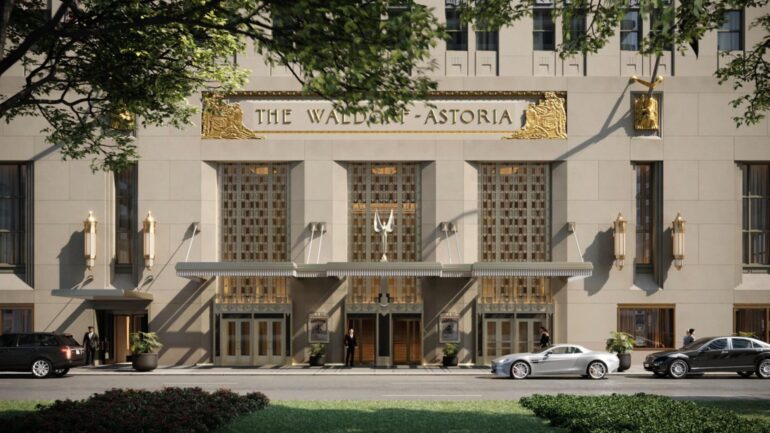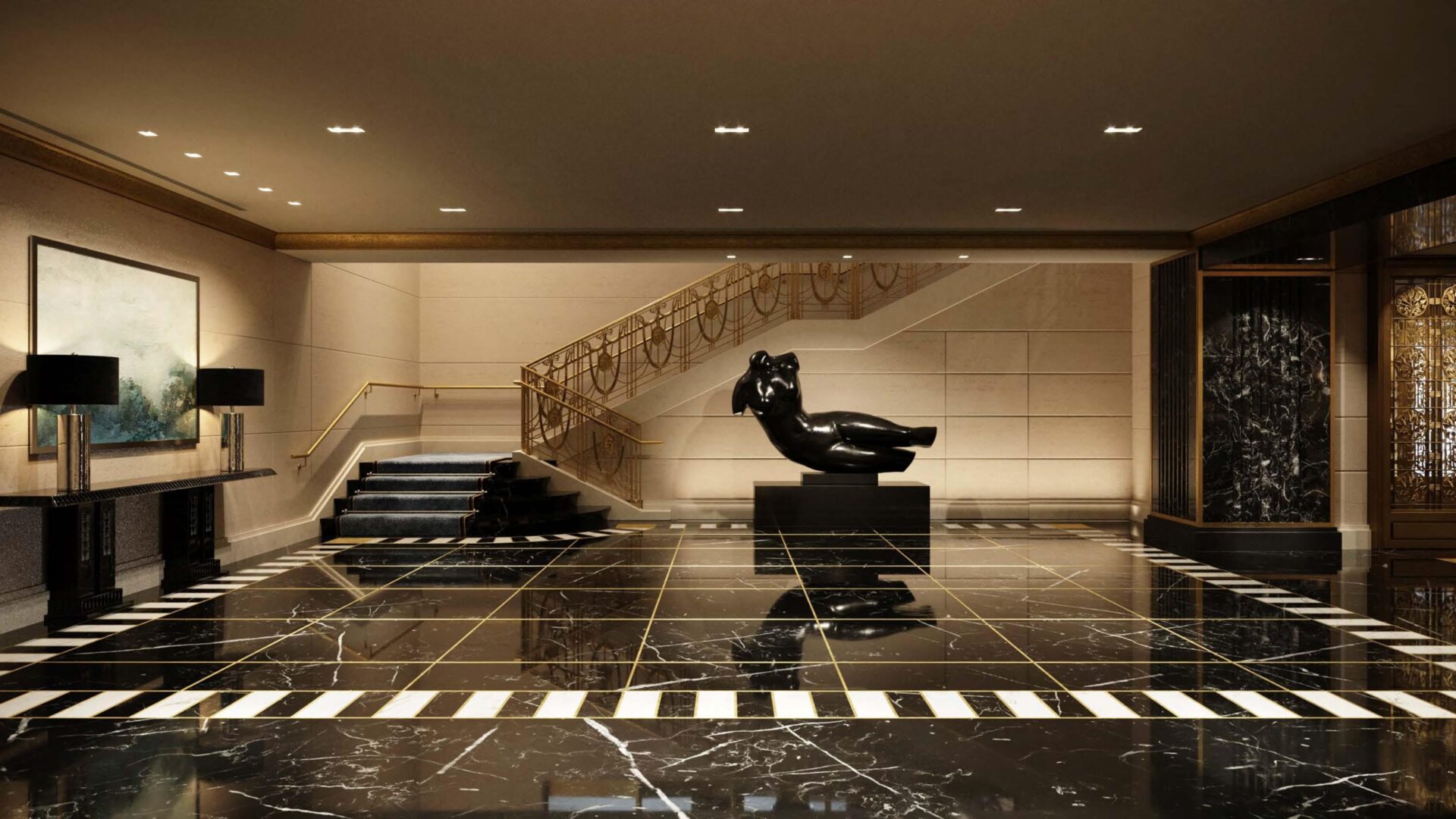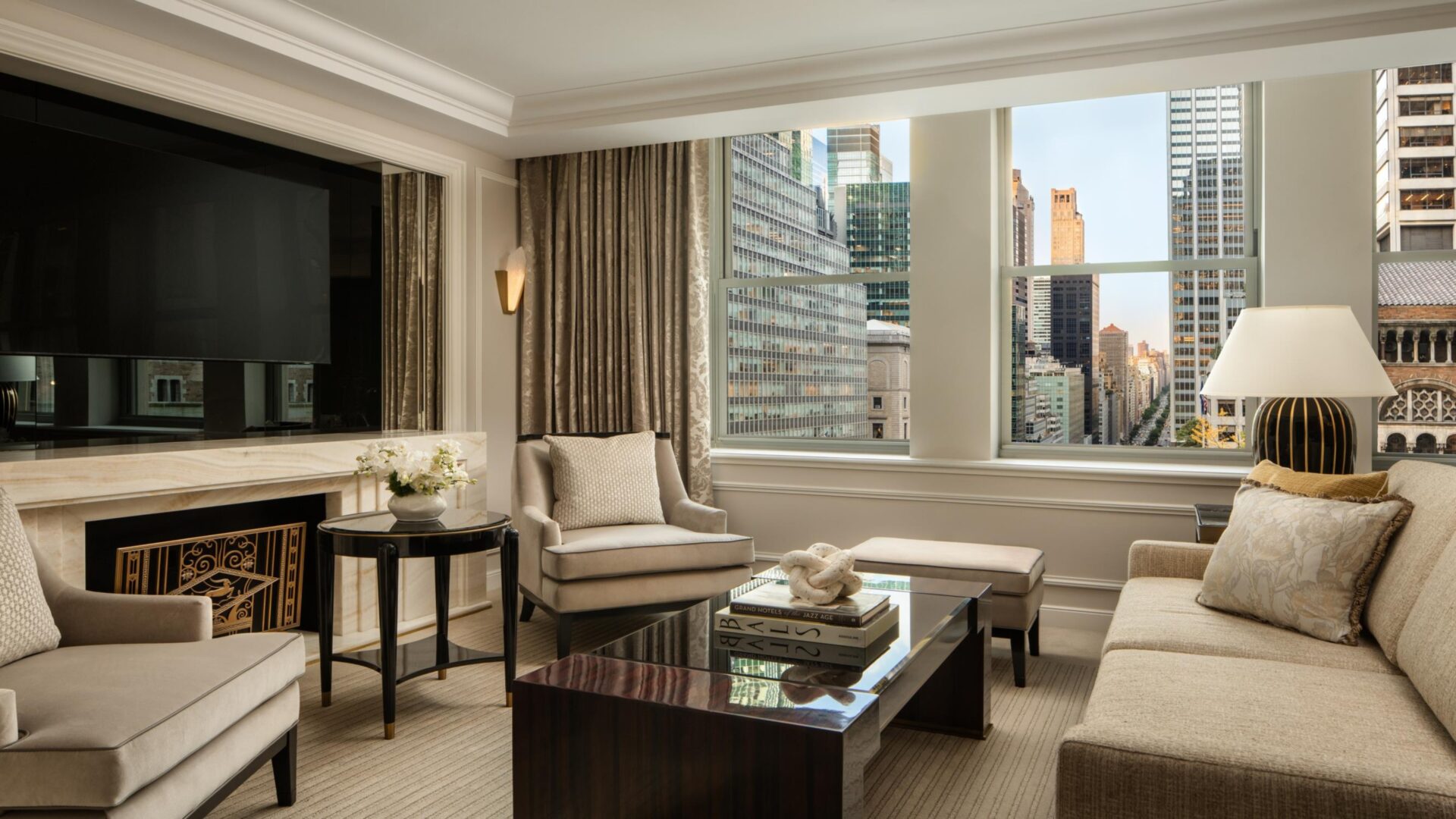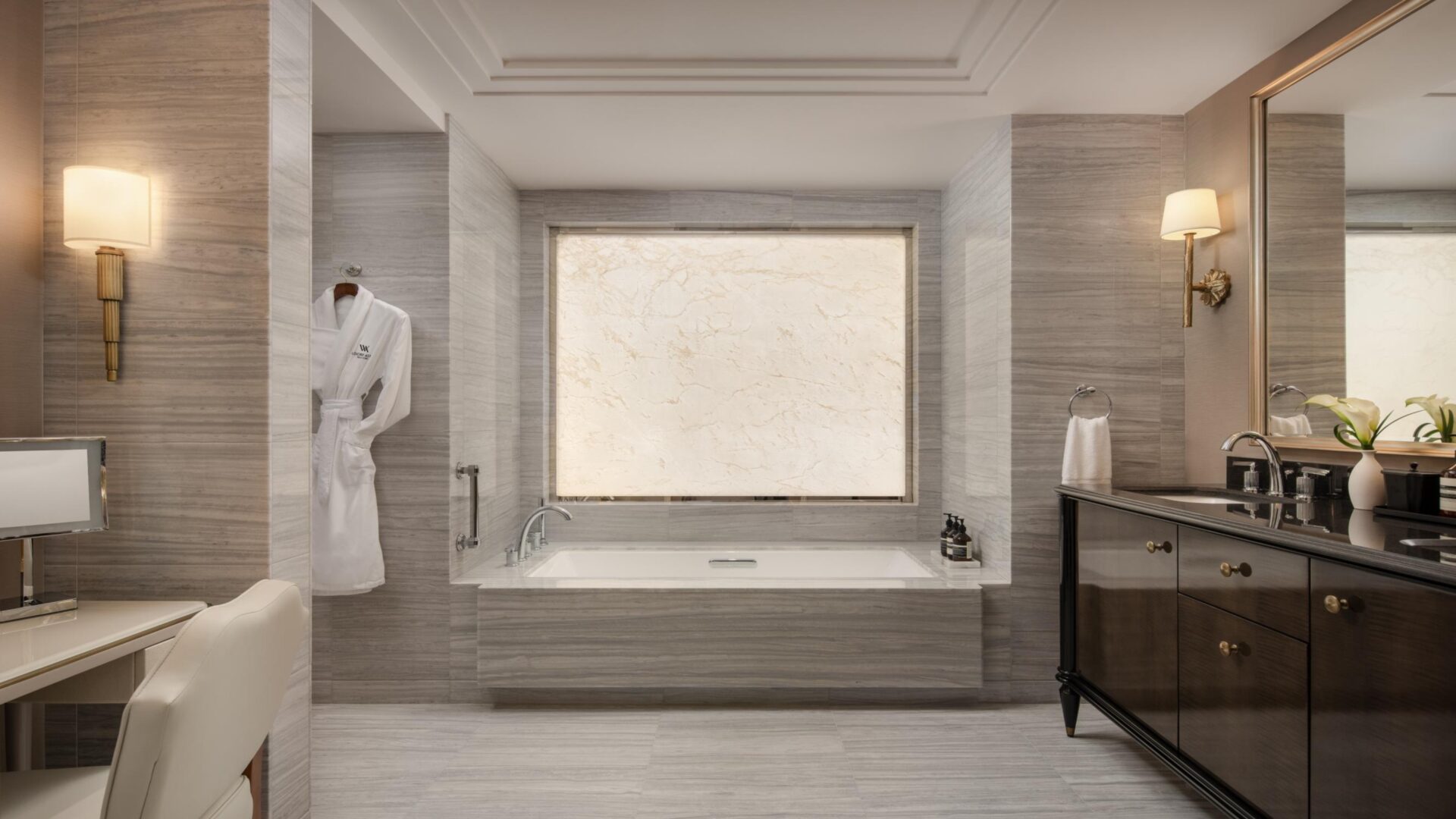Few places in the world carry the prestige of the Waldorf Astoria New York. For decades, it has been one of Manhattan’s crown jewels. As a result, it has always been linked with elegance, privacy, and cultural importance. Now, after years of careful renovation, the Waldorf has reopened its doors, once again welcoming guests and residents to a world of refined hospitality.
An Insider’s Perspective
Recently, I had the honor of touring the newly reopened hotel with World Bride Magazine’s founder, Myrdith Leon-McCormack. During our visit, David Martins, the Director of Luxury Sales, served as our private guide. To begin, we enjoyed breakfast at Peacock Alley, where the Waldorf’s food tradition set the tone for the day. Afterwards, Martins led us through the property, sharing stories of presidents, royals, and cultural icons who once stayed here. Most memorable of all, we were given an early look at the Presidential Suite before its official unveiling.
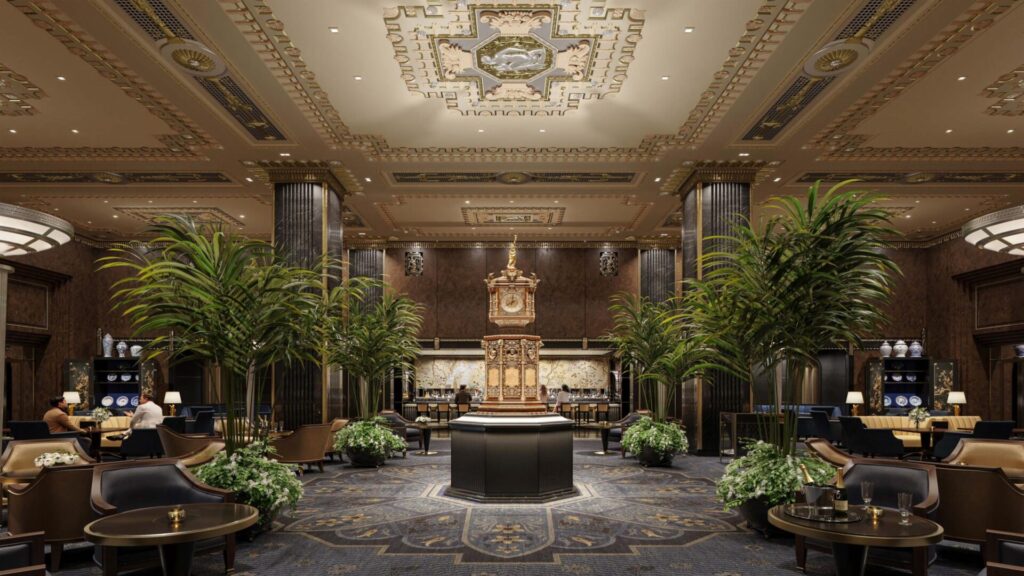
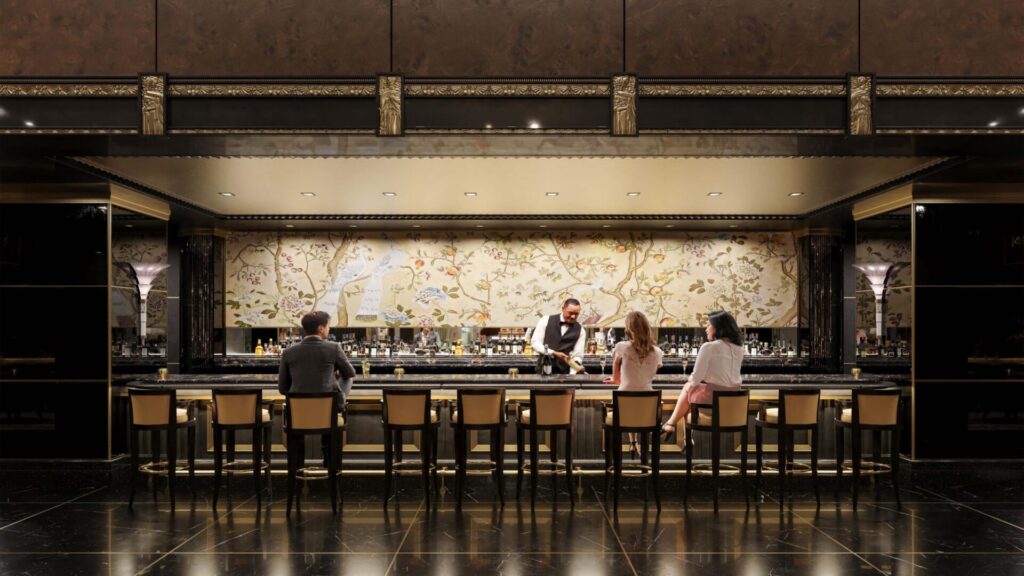
A Legacy of Grandeur
The Waldorf has shaped New York society for generations. Since opening in 1931, every U.S. president from Herbert Hoover to Barack Obama has stayed here. In addition, world leaders, movie stars, and cultural legends made the Waldorf their home away from home. Frank Sinatra famously lived here for ten years, while Cole Porter wrote music in his suite. Similarly, Elizabeth Taylor, Grace Kelly, and the Duke and Duchess of Windsor were frequent guests.
Its influence goes beyond its famous visitors. The Waldorf introduced classics like Eggs Benedict and the Waldorf Salad. It was among the first hotels to offer room service and electricity on every floor. It became a home for New York’s grandest galas, and its secret Track 61 train platform once brought President Franklin D. Roosevelt directly inside.
The Waldorf has always been more than a hotel—it is a cultural landmark.
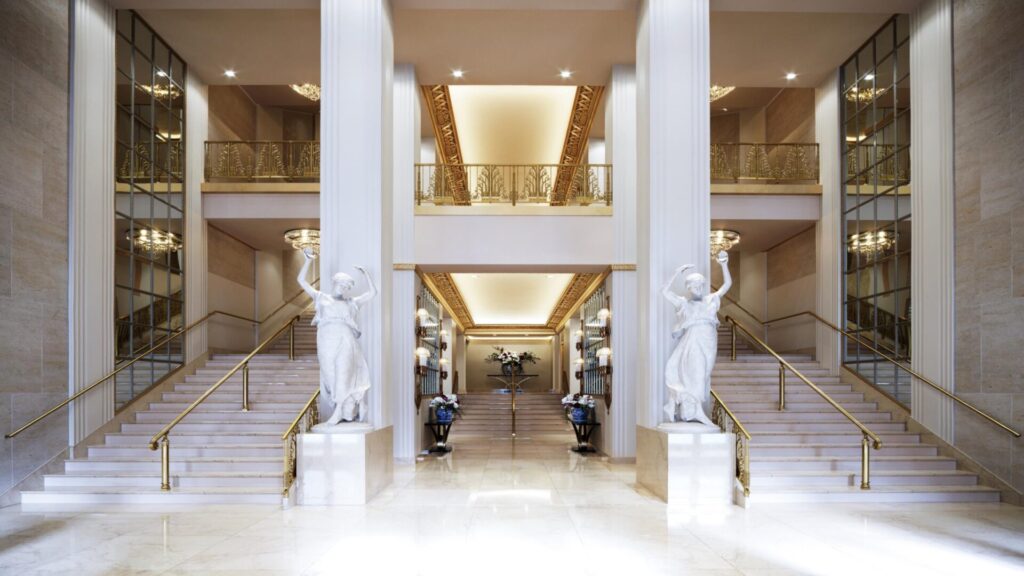
The Rebirth Of An Icon
The recent eight-year restoration was massive. Teams of architects and artisans revived its Art Deco beauty while adding the modern comforts guests expect today.
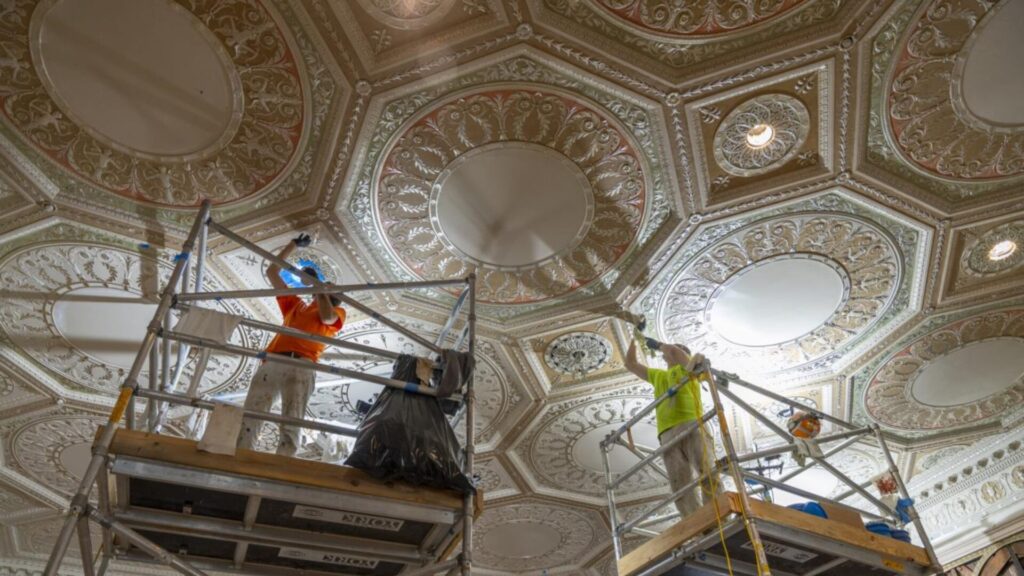
Designer Pierre-Yves Rochon reimagined public spaces and guest rooms, while Jean-Louis Deniot gave the private residences a chic Parisian touch. Walking the halls feels like stepping back into New York’s golden age, with restored chandeliers, murals, and marble details shining again.


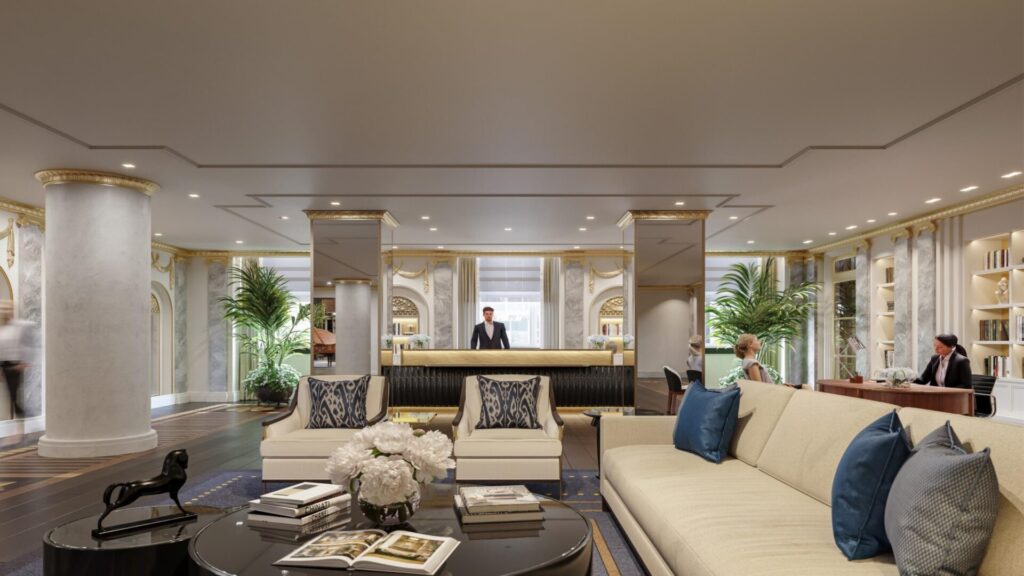
A New Standard of Ultra-Luxury
One of the most exciting changes is The Towers of the Waldorf Astoria—private residences within the hotel. These homes feature high ceilings, custom finishes, and unmatched access to hotel amenities. For families or couples seeking a truly iconic address, this is luxury living at its best.
The new Waldorf offers a more intimate experience than before. Once a 1,400-room hotel, it now has just 375 rooms—some of the largest in the city. Standard rooms start at 600 square feet, with many options for families, including two- and three-bedroom layouts. The hotel also introduces five signature suites ranging from 2,500 to 5,000 square feet, designed for world leaders and global tastemakers.


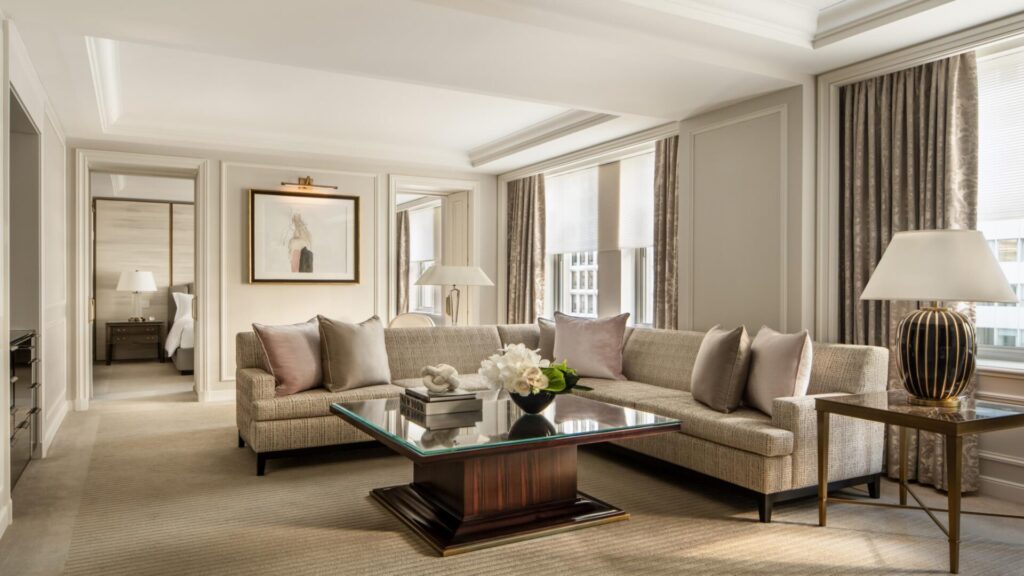
Culinary artistry is led by Chef Michael Anthony of Gramercy Tavern, who debuts two new restaurants, including a captivating Japanese dining experience. Wellness also reaches new heights here with the largest spa destination in New York City—a 30,000-square-foot Guerlain Spa, set to open in 2025.

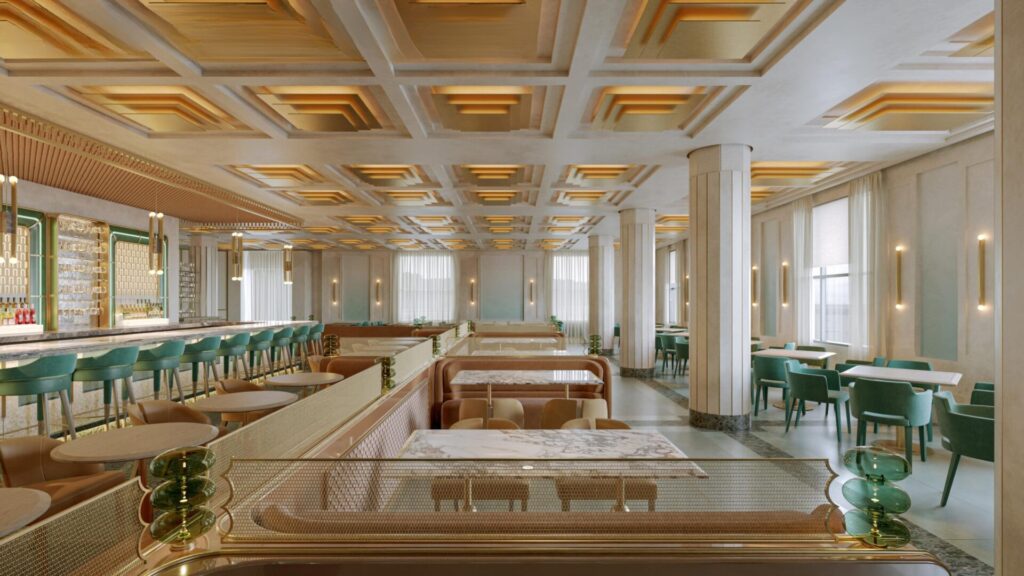


A Destination For the Modern Bride
For today’s bride, the Waldorf is more than a backdrop—it is a story. Weddings here join a legacy of New York’s most celebrated events. Bridal parties can retreat to the Guerlain Spa, enjoy menus inspired by the hotel’s history, and celebrate in ballrooms that are both timeless and breathtaking.
The Waldorf Astoria has always been where personal moments and history meet. Its reopening is more than a return—it is a rebirth. Every restored ballroom, suite, and hallway reflects a blend of past and present, where elegance meets modern style.
Here, service feels like an art, and every detail carries meaning. To step inside is to join a story that has defined New York luxury for generations.
At the Waldorf, life is not ordinary—it is legendary. This is not just a reopening, but a renaissance—a rebirth that redefines ultra-luxury hospitality in New York City.

